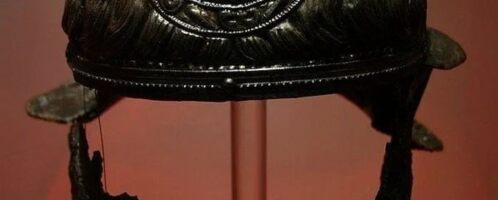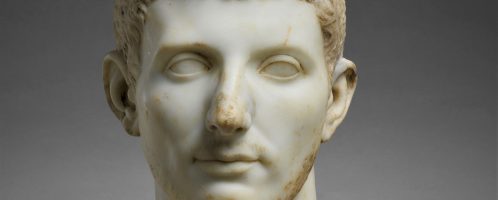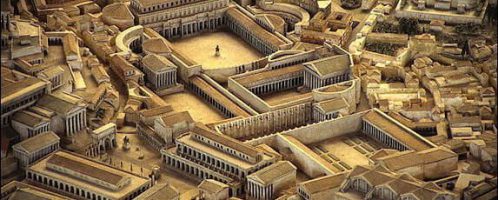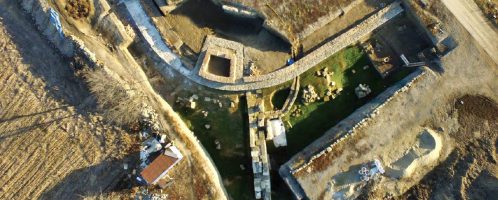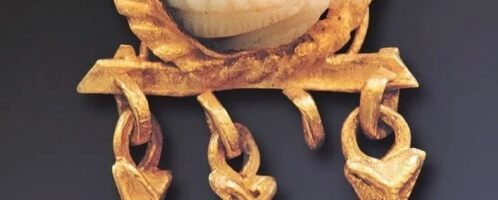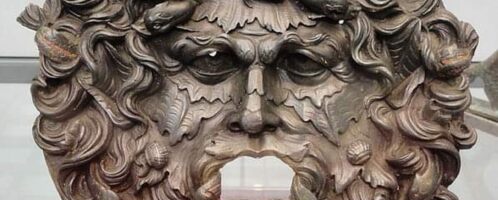Lanista – gladiator’s trainer
Lanista was the trainer of gladiators. The lanista’s art was probably to train people to fight, and then put them against each other in interesting combinations: for example, the combination of “fishhead” (mirmillo) with “net-man” (retiarius).


